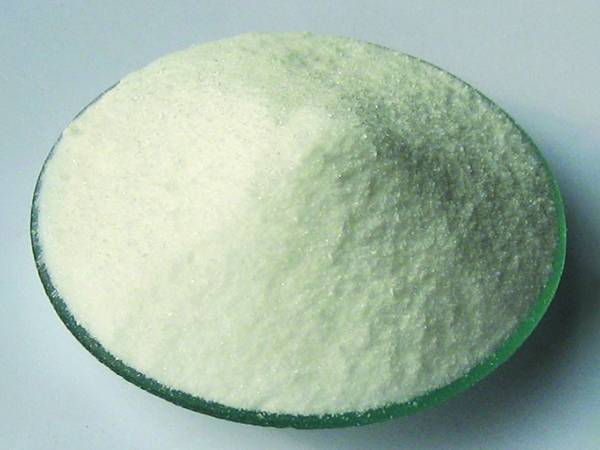



Safety Data Sheet for Sodium Sulphide Flakes Comprehensive Information and Handling Guidelines
Safety and Handling of Sodium Sulphide Flakes An Overview based on the MSDS
Sodium sulphide flakes, a compound with the chemical formula Na2S, are predominantly utilized in various industrial processes, including mining, leather tanning, and chemical manufacturing. Given their widespread application, it is essential to understand the safety measures and handling protocols associated with sodium sulphide flakes to minimize risks and ensure a secure working environment. The Material Safety Data Sheet (MSDS) provides critical information regarding these hazardous materials, and it serves as a vital resource for workers and safety personnel.
Chemical Properties
Sodium sulphide appears as yellow to brown flakes. It is highly soluble in water, producing an alkaline solution, and has a characteristic odor resembling rotten eggs due to the release of hydrogen sulfide (H2S) when in contact with moisture. This property makes it vital to store sodium sulphide flakes in a dry, well-ventilated area to prevent them from absorbing moisture and potentially degrading.
Hazards and Risks
According to the MSDS for sodium sulphide flakes, exposure to this material poses significant health risks.
1. Toxicity Sodium sulphide is toxic if ingested, inhaled, or absorbed through the skin. Acute exposure can lead to symptoms such as headaches, nausea, and respiratory distress due to its potential to release hydrogen sulfide gas.
2. Environmental Impact If released into the environment, sodium sulphide can adversely affect aquatic life and contaminate water sources. Precautions should be taken to prevent spills or leaks during storage and handling.
3. Corrosiveness This compound is corrosive and can cause severe skin and eye burns. Personal protective equipment (PPE) is vital when handling sodium sulphide flakes to mitigate these hazards.
Safe Handling Practices
To ensure the safe handling of sodium sulphide flakes, it is crucial to adhere to the following guidelines
sodium sulphide flakes msds

- Personal Protective Equipment (PPE) Workers should wear appropriate PPE, including gloves, goggles, and respiratory protection, to minimize exposure.
- Proper Storage Store sodium sulphide flakes in a cool, dry, and well-ventilated area, away from incompatible substances such as acids and moisture. Containers should be labeled clearly to indicate the hazard.
- Spill Response In the event of a spill, it is essential to have a response plan in place. Use appropriate absorbent materials to contain and clean up spills. Avoid direct contact and ensure that appropriate PPE is worn during the cleanup process.
- Emergency Procedures Workplaces should establish emergency procedures in case of exposure or accidental release. This includes having accessible safety showers, eye wash stations, and emergency contact numbers.
Health Risks and First Aid
In case of exposure to sodium sulphide flakes, timely first aid measures can significantly reduce health risks
- Inhalation If inhaled, move the person to fresh air immediately. If breathing has stopped or becomes difficult, administer artificial respiration and seek medical attention.
- Skin Contact In the event of skin contact, remove contaminated clothing and rinse the affected area thoroughly with water for at least 15 minutes. Seek medical assistance if irritation persists.
- Eye Contact If the compound comes into contact with eyes, rinse immediately with copious amounts of water for at least 15 minutes and seek medical attention promptly.
- Ingestion Do not induce vomiting. Seek medical attention immediately, providing the healthcare provider with information on the chemical exposure.
Conclusion
Sodium sulphide flakes are valuable in various industrial applications, but their handling involves significant risks. Understanding the hazards, adhering to safety protocols, and implementing the guidelines provided in the MSDS can empower workers to manage these risks effectively. Safety training and awareness are essential components in ensuring a safe working environment when dealing with hazardous materials like sodium sulphide. Prioritizing occupational health and safety will not only protect employees but also enhance overall workplace productivity.
-
Why Sodium Persulfate Is Everywhere NowNewsJul.07,2025
-
Why Polyacrylamide Is in High DemandNewsJul.07,2025
-
Understanding Paint Chemicals and Their ApplicationsNewsJul.07,2025
-
Smart Use Of Mining ChemicalsNewsJul.07,2025
-
Practical Uses of Potassium MonopersulfateNewsJul.07,2025
-
Agrochemicals In Real FarmingNewsJul.07,2025
-
Sodium Chlorite Hot UsesNewsJul.01,2025










